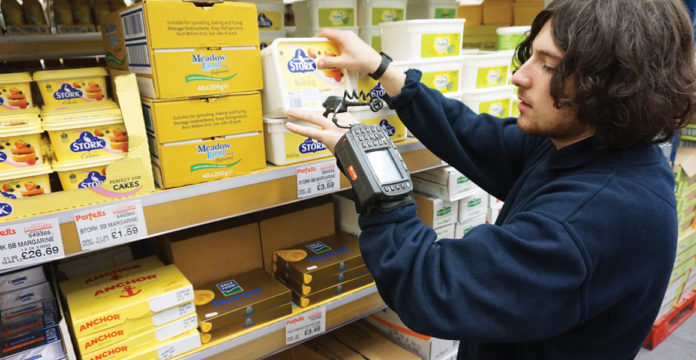Paul Hill looks at what can be done to improve stock levels this year
Last year proved to be the perfect storm for poor availability. A combination of the World Cup, CO₂ issues and consecutive weeks of good weather hampered significant growth opportunities across the industry, leaving wholesalers frustrated.
Furthermore, an increased amount of NPD in the soft drinks category as a result of the industry levy added additional pressure on the supply chain.
“It is a pretty sad situation when the first thing that comes to mind [about 2018] is stock availability from manufacturers. This is something that should be so simple, and yet not many of them can fulfil a single order,” Country Range Group managing director Coral Rose explained last year. “Far better communication is required from suppliers in general and on production issues in particular.”
Dawood Pervez, managing director of Bestway Wholesale, echoes these thoughts, stating that availability in 2018 was the worst ever seen in wholesale, even before the hot weather and CO₂ shortage. “I regularly walk around multiples to see stock that suppliers say is not available on allocation or is not being currently produced, and it is insulting,” he says. “More importantly, it frustrates our customers, who, quite rightly, blame the wholesaler as they see the product in multiples as well.”
“It is an on-going issue, partly down to suppliers trying to manage the balance between an ever-increasing portfolio of products which are designed to meet consumer needs and sustain interest in the brand, with driving efficiencies in terms of just-in-time production and a hub and spoke delivery system.”
He says that sometimes this can fall down when demand for new products is not as expected: “There’s also a general feeling that manufacturers prioritise multiple retailers when supply is limited too, and this can have an impact on wholesaler customers.”
But what can be done to improve availability? According to JW Filshill managing director Simon Hannah, suppliers should know what their own pressure points are in terms of capacity and to avoid NPD at busy times.
“The vast number of new SKUs that wholesalers are expected to list is high and it is really important that consideration is taken to the operational impact on the wholesale supply chain,” he explains. “If dozens of these new SKUs are being listed, then dozens need to be delisted in order to ensure that pick-face space is not reducing. A pragmatic approach needs to be taken.”
Moving away from suppliers’ responsibilities, wholesalers could also look to improve their communication plan and forecasting: “There is so much data at all of our disposal that the more pro-active wholesalers, who are using historic sales data to base their forecasting needs going forward, will be better placed,” says Hannah.
“This is where a strong collaborative data-driven relationship with suppliers is key. In my opinion, wholesalers who provide accurate forecasts should be given priority versus those who don’t – it is kind of obvious and we need the suppliers to acknowledge that.”
Pervez adds that a fit-for-purpose supply chain becomes particularly important when suppliers want to launch new products into the market: “Suppliers need to have a good understanding of what demand will be and have the manufacturing and supply chain process in place to meet this demand, as new products inevitably add pressure to existing product portfolios.
Customers can get understandably frustrated, as they expect high levels of service from their chosen wholesale partner. But if all levels of the supply chain can communicate better, then there is no reason why availability in the sector can’t improve beyond last year’s low levels.
“At the end of the day, they don’t want to know about the reasons for a lack of availability – just like the consumer, they want their shopping trip to be convenient and fulfil their needs and this is what we aim to provide,” says Pervez.
More recent news: JW Filshill named top wholesaler in Scotland








